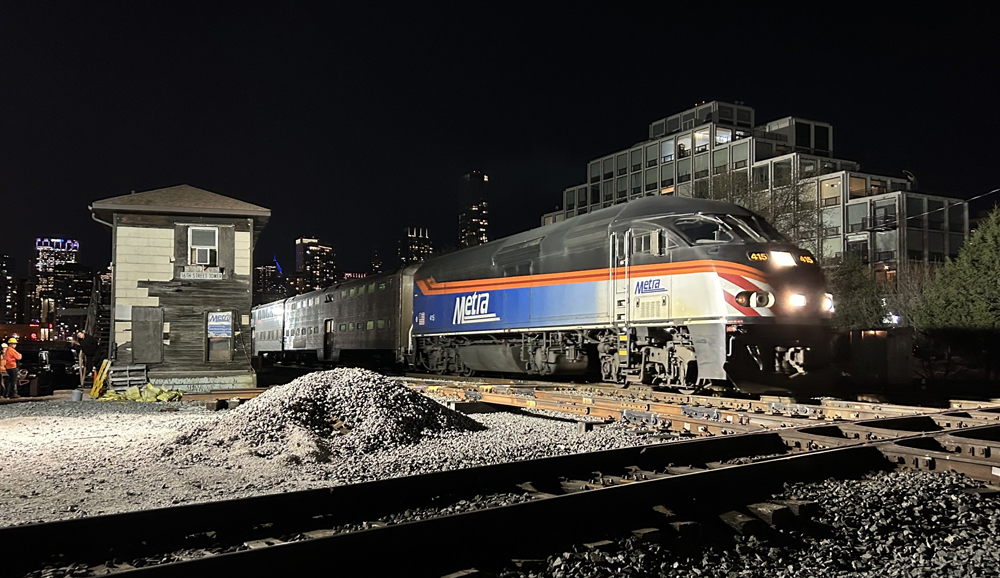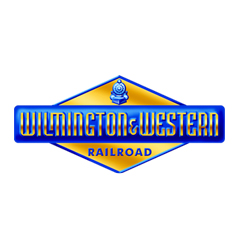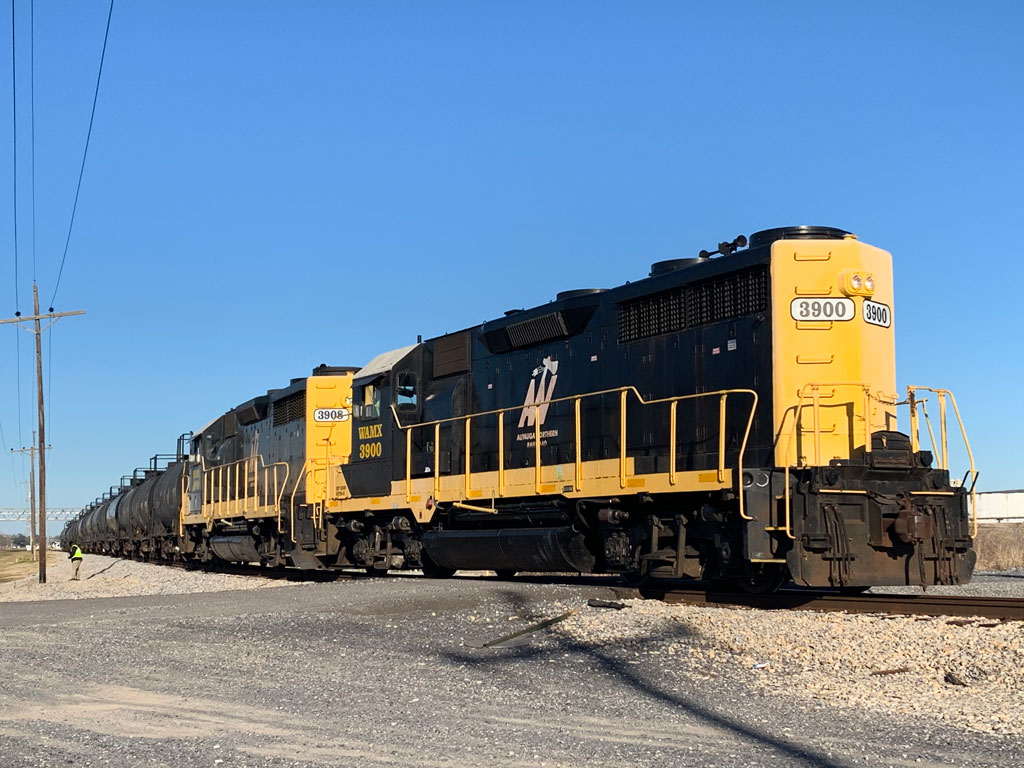The two “are continuing to discuss possibilities of trading locomotives,” according to a joint press release. “However, no formal agreement has been reached.” The two locomotives are C&TS 2-8-2 No. 483, now out of service at Chama, N.M., and D&SNG 2-8-2 No. 478, stored at Durango with some parts removed for safekeeping.
No. 478 is one of three surviving K-28 class engines on the D&S. While No. 478, a 1923 Alco product, and its companion engines were used for many years on the Durango to Silverton run, the railroad needs the larger K-36 engines to handle its longer trains. No. 478 would be used primarily in helper service on the C&TS, as well as on shorter and lighter trains.
No. 483, a class K-36 built by Baldwin in 1925, was used on the C&TS until the 1970s, and the C&TS has no plans to restore it. Four other K-36 engines are on the C&TS, along with one of two surviving K-27 engines and a K-37 currently out of service. A powerful puller, it would join four other K-36s on the D&S roster.
Durango & Silverton puts 45,000 miles per year on its locomotives, and its owner, American Heritage Railways, has announced plans to invest $500,000 annually for the next 10 years in its steam locomotives, especially the K-36 locomotives, to extend their service lives.
The Cumbres & Toltec Scenic, by contrast, puts about 18,000 miles per year on its locomotives. As C&TS president John Bush said, “The mission of the Cumbres & Toltec Scenic Railroad has always been to preserve the history and heritage of railroading in the West, and this engine swap will accomplish that by giving us a K-28 locomotive, which we currently do not have.”
The C&TSRR recently acquired a long-term lease of locomotive No. 168 from Colorado Springs. The 1883 locomotive, a Baldwin 4-6-0 that once pulled President Howard Taft on the line, will be restored and used in for events.















When I visited both railroads several years back ( right after the trade), the crews told me that the 497, being a longer, larger, heavier locomotive was harder on the track and sharp curves on the D&SNG. The C&TS needed a pusher out of Chama, and it seems to have worked out well for both.
Alex, thanks for the detailed update. I thought C&TS had those four K-37's, but wasn't sure. It is fortunate that the K-36 class has survived, in that they are the power of choice by both the Cumbres and Toltec and the Durango and Silverton for their tourist train operations. In the earlier days of the Silverton Branch, now the D&SNG, the K-36's were too heavy for bridges and trestles, and that D&RGW line operated either with K-28's, K-27's, or ever earlier and lighter power.
But one thing I wonder is why, if D&SNG needs ever-more-powerful locos, it doesn't strengthen the line to handle the weight of the K-37's. Maybe their standard-gauge size boilers and cabs just don't have the elegant appearance of the 480-series.
When the D&SNG operated 497 before trading it to the C&TS, D&SNG crews complained that the K-37 was rough on the track which gave the K-37 a bad reputation among the crews. Therefore the D&SNG traded it away for a then non operable K-36 (486). The issues were attributed to a bad trailing truck which the C&TS eventually fixed. The D&RGW crews liked the K-37's but the rumor that 497 was a bad locomotive (being the only K-37 to run post Grande until 491 recently) led to the K-36's being favored in the modern tourist railroad era.
Yes, Yes, Yes!!! I have been advocating this for 20 years now! This would give the C&TS a collection with a representative of all four classes of Mikado used by the DRGW narrow gauge. Now they just need to all be restored to operable condition. This continues, in my opinion, a path of differentiating the C&TS as a living history museum and the D&S as a scenic rail excursion. I hope this trade gets execusted!
Robert V.
The original movie people who painter it for movie "Good Guys Bad Guys" are likely dead but their is one villain from the green bog swamp at Los Angles who goes by cover Russo Loco AKA Russ Spears as he paid to bring back that terrible scheme for a ceremony.
What he failed to realize was that everyone there was working hard to return the railroad to service like Rio Grande days and paint was just not on the top of the list of things to do. We all hated red on an American built locomotive, except one T R. Since we were all volunteers with no one in command, we all respectful of that and did not do aggressive things, instead we were moving nearly 100 units of old equipment as that was the job and we were successful to turn an operable railroad over to Scenic Ry. I agree it is a paint scheme which make one puke.
Today the push-poll pocket destroys the Denver & Rio Grande Western RR authenticity and dates all recent photos. Someone should be shot for starting and permitting that.
Donald, here is a current location list of the K-37's. The Cumbres and Toltec has 492, 494, 495, and 497. The Durango and Silverton has 493 and 498. The Colorado Railroad Museum has 491 (only currently serviceable K-37). Royal Gorge Theme park has 499. 490 and 496 were scrapped back in the Grande days.
Joseph, the simple answer is that there is no money or economic motivation to do so. The distance from Chama to Durango by the old rail line is nearly 100 miles. That would cost a pretty penny to restore.
It might be worth noting that the C&TS has at least three of the K-37 class engines on the property. None are in service. Numbers 494 and 495 are displayed in Antonito, CO, and another one is parked near the engine shop in Chama, NM. But it will add to the collection to have a K-28 in service, in addition to the recently restored and operational K-27, #463. The only other K-37 engine that I know of is at the Colorado Railroad Museum in Golden, CO, which is occasionally steamed up and run for special occasions.
Why can't they rebuild the section to the Durango and Silverton rr?
Whomever painted 483 those colors should be put behind bars.